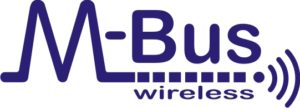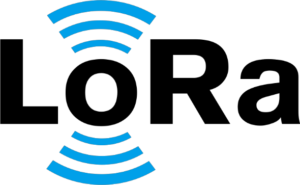+372 6799 361
Wireless.
Wireless remote reading water meters measure the volume (in m³) of consumed water flowing through the measuring instrument. They use radio waves to transmit water consumption readings and the operating status of the measuring instrument to the accounting centre and, from there, via the internet to the operator’s server. Consumers can receive monthly consumption readings from the operator or can use a server solution, in which case they can monitor the readings from their remote reading water meters in a web environment using any device of their preference – a desktop or laptop computer, or a tablet, or even a smartphone.


LoRa is an LPWAN (Low Power Wide Area Network) radio technology solution which makes it possible to forward consumption readings that are taken by measuring instruments via a LoRa network, but with very modest energy consumption levels. Since the energy consumption levels for this type of module is remarkably low, this new area of technology enables the production of smaller remote reading modules that keep various forms of equipment connected for several years.
LoRa operates in a free sub-gigahertz frequency band, mainly at 868MHz (in Europe) and 915MHz (in North and South America), and allows the transmission of readings at a distance of approximately ten kilometres.
This network needs at least one LoRa gateway that can administer thousands of endpoints (various meters, street lights, parking sensors, etc.) by collecting data from them and uploading that data to a cloud.
LoRa is technology of the future that can be used in the equipment that is produced by LoRa Alliance manufacturers (an association of manufacturers of equipment that use the LoRaWAN standard).
All LoRAWAN modules are compatible with one another, which means that our customers can easily dive into the LoRa world by choosing a suitable manufacturer (such as Bmeters, Kamstrup, or Axioma) and a model that already has an integrated LoRa module.
- Kadaka tee 181, 12618 Tallinn
- +372 6799 361
- info@optimatic.ee



